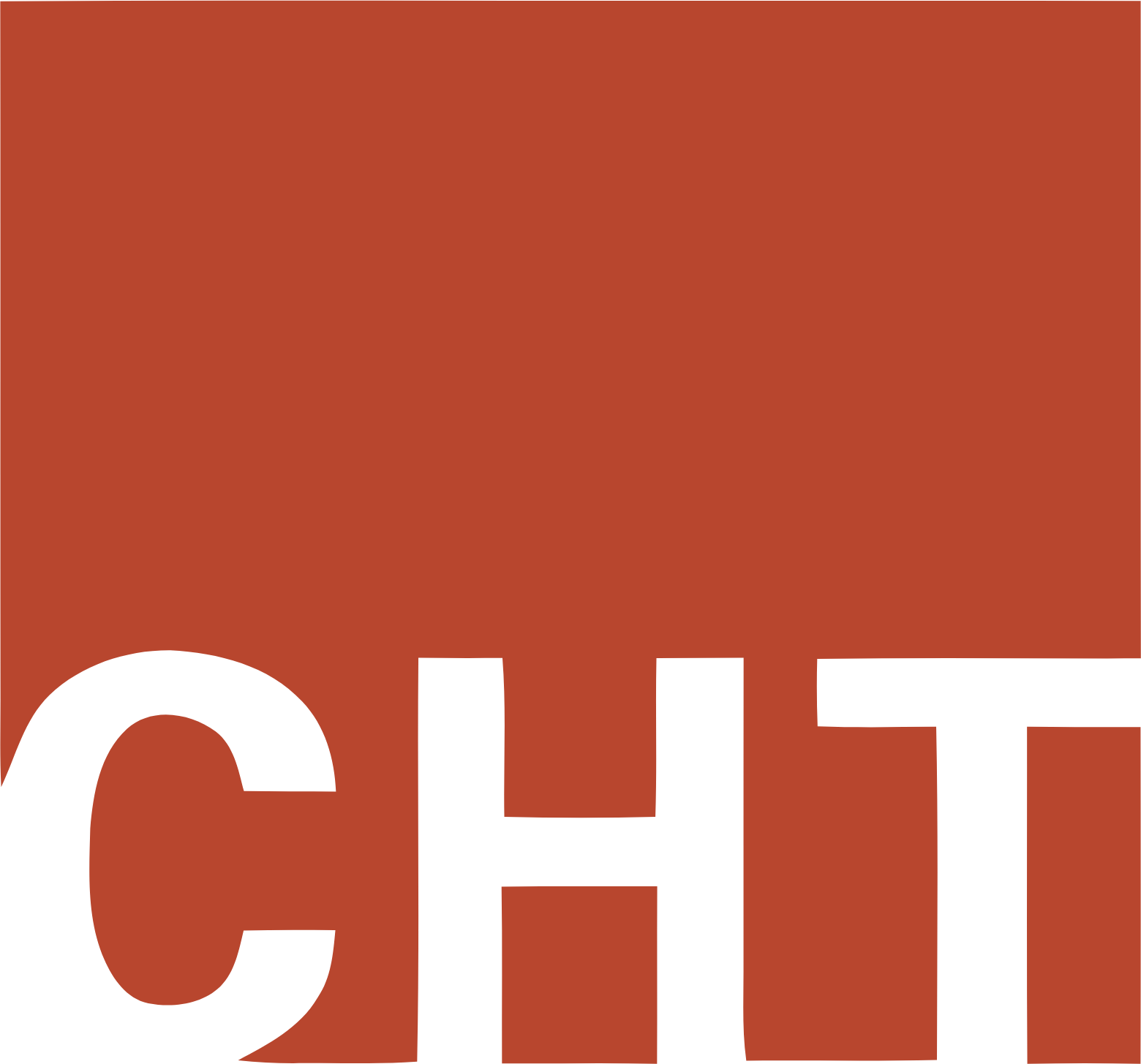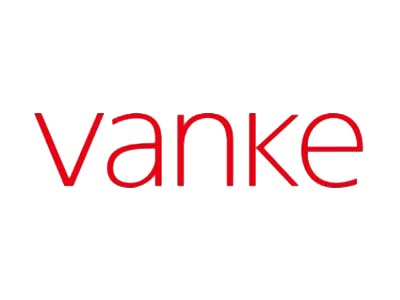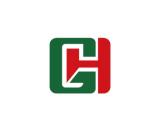BeiGene(BGNE)
Search documents
百济神州有限公司2025年第三季度报告
Shang Hai Zheng Quan Bao· 2025-11-12 19:11
Core Viewpoint - The company plans to increase funding for its drug clinical trial research project using remaining raised funds and extend the project's implementation period until December 31, 2026 [17][26]. Group 1: Financial Data - The adjusted operating profit for the first three quarters of 2025 is 5.543 billion yuan, compared to 52 million yuan in the same period last year [6]. - The adjusted net profit for the first three quarters of 2025 is 4.729 billion yuan, compared to a net loss of 474 million yuan in the same period last year [6]. - The net cash flow from operating activities, after deducting capital expenditures, is 3.200 billion yuan, compared to -4.797 billion yuan in the same period last year [6]. Group 2: Fundraising and Investment - The company raised a total of 2.216 billion yuan from its initial public offering, with a net amount of 2.163 billion yuan after deducting issuance costs [19]. - The company intends to use 163.155 million yuan of the remaining raised funds to increase investment in the drug clinical trial research project [18][22]. - The project includes various stages of drug development, such as preclinical and clinical research, and aims to enhance the company's innovative drug development capabilities [21][24]. Group 3: Project Implementation and Timeline - The implementation period for the drug clinical trial research project will be extended to December 31, 2026, to accommodate the increased funding and project needs [26]. - The company emphasizes the necessity and feasibility of increasing funding for the project to maintain its competitive edge in innovative drug development [24][25]. - The project will be closely monitored to ensure efficient use of funds and timely completion [27].
每天三分钟公告很轻松 | 000609 停牌核查





Shang Hai Zheng Quan Bao· 2025-11-12 15:35
Focus on Chengtun Mining - Company plans to invest approximately 1.423 billion RMB (19.995 million USD) in its subsidiary Chengtun Gold International through its wholly-owned subsidiary Hongsheng International Resources [1] Focus on Century Huatong - Company intends to repurchase shares worth between 500 million to 1 billion RMB, with a maximum repurchase price of 28.77 RMB per share [2] Focus on ST Zhongdi - Company stock experienced a significant price increase of 153.19% from October 16 to November 12, 2025, leading to a trading suspension for verification starting November 13, 2025 [3] Performance Highlights - BeiGene reported a revenue of 27.595 billion RMB for the first three quarters of 2025, marking a year-on-year growth of 44.2%, with a net profit of 1.139 billion RMB [4] Capital Increase & Restructuring - *ST Lian Stone received court approval for its restructuring plan, entering the execution phase after the termination of the restructuring process [5] Important Matters - Tuosda is planning to issue overseas shares (H-shares) and list on the Hong Kong Stock Exchange, with discussions ongoing with relevant intermediaries [6] - North Medical's chairman and president were arrested for criminal charges, but the company's control and operations remain stable [7] - Nanjing Public Utilities is transferring 43.731 million shares, accounting for 7.61% of total shares, to Nanjing Innovation Investment Group for approximately 300 million RMB [8] Company Developments - Kaige Precision Machinery is establishing a joint venture with Zhangjiagang Wuyue Special Materials Technology, with an investment of 1 billion RMB for high-end component projects [9] - Stable Medical is investing approximately 2 billion RMB in a new production base for cotton non-woven fabric [10] - Fuchun Environmental is co-investing 116 million RMB in a combined heat and power project in Hubei [10] - Xingsheng Zhihui is collaborating with Beijing Automotive Group for resource sharing in the new energy vehicle sector [10] Stock Trading Updates - Huazhong Silver's subsidiary is undergoing a year-end maintenance shutdown, expected to last 20 days, with no impact on annual production plans [11] - San Yuan Co. clarified that its seasonal product, milk skin candy, has minimal revenue impact [12] - Chongqing Beer plans to distribute a cash dividend of 1.30 RMB per share, totaling approximately 629 million RMB [12] Stock Suspension - ST Zhongdi's stock is suspended for verification due to significant price fluctuations [15]
北大医药董事长徐晰人因涉嫌刑事犯罪被批准逮捕;北京控股拟收购北燃特种设备100%股权 | 公告精选





Mei Ri Jing Ji Xin Wen· 2025-11-12 15:11
Acquisition - Beijing Holdings' wholly-owned subsidiary, Beijing Gas, has signed a share acquisition agreement to purchase 100% equity of Beijing Beiran Special Equipment Inspection and Testing Co., Ltd. from Beiran Industry for a transaction price of 54.6 million yuan [1] Financial Performance - BeiGene reported a third-quarter revenue of 10.077 billion yuan, representing a year-on-year increase of approximately 41.10%, with a net profit attributable to shareholders of 689 million yuan and basic earnings per share of 0.48 yuan [2] - For the first three quarters, BeiGene achieved a total revenue of 27.595 billion yuan, up approximately 44.20%, with a net profit of 1.139 billion yuan and basic earnings per share of 0.81 yuan [2] Shareholding Changes - Ruimait announced that its major shareholder and director, Chen Bei, plans to reduce his holdings by no more than 1.76% of the company's shares, equating to 1.568 million shares, due to personal financial arrangements [3] - Haodangjia's controlling shareholder intends to reduce its stake by up to 2.70%, which amounts to 3.9468 million shares, through centralized bidding and block trading [4] - Bluetian Gas's controlling shareholder, Bluetian Group, has increased its stake by 2.00%, acquiring 14.291956 million shares for a total investment of 141 million yuan [5] Legal and Compliance Issues - North Medical's chairman, Xu Xiren, has been approved for arrest due to suspected criminal activity, with the company's board member Chen Yuezhong temporarily taking over the chairman's responsibilities [6] - Zhonggong Education's shareholder Wang Zhendong has had part of his shares judicially frozen, totaling 53.3 million shares, due to a loan dispute amounting to 142 million yuan [7] Financial Liabilities - Huayi Group has received a bill totaling 27.1494 million USD related to an anti-dumping investigation by the U.S. Department of Commerce, with an estimated liability of 29.84 million USD already accrued [8] - Chitianhua's wholly-owned subsidiary is required to pay back taxes and late fees totaling 25.1142 million yuan, which have been fully paid without administrative penalties from tax authorities [9]
A股公告精选 | 百济神州(688235.SZ)前三季度净利润超11亿元
智通财经网· 2025-11-12 11:53
Group 1: Company Performance - BeiGene reported a revenue of 10.077 billion yuan for Q3 2025, representing a year-on-year increase of 41.1%, with a net profit of 689 million yuan [1] - For the first three quarters of 2025, BeiGene's revenue reached 27.595 billion yuan, up 44.2% year-on-year, with a net profit of 1.139 billion yuan [1] Group 2: Share Buyback and Capital Reduction - Century Huatong announced a plan to repurchase shares worth 500 million to 1 billion yuan, which will be fully canceled to reduce the registered capital, with a maximum price of 28.77 yuan per share [2] Group 3: Shareholding Changes - Shannon Chip announced that the Wuxi High-tech Zone New Energy Industry Development Fund reduced its holdings by 549,200 shares, decreasing its stake from 5.12% to 4.999985% [3] - Founder Electric reported that shareholder Zhang Min reduced his holdings by a total of 1.6324 million shares on November 10 and 12, 2025, representing 0.33% of the total share capital, leaving him with 24.7936 million shares, or 5% of the total [4] Group 4: Legal Issues - North Medical's chairman Xu Xiren was arrested for suspected criminal activity, with the board's operations remaining normal and no change in control [5] Group 5: Corporate Governance Changes - Jiuzhou Pharmaceutical elected Hua Lirong as the executive director and legal representative, following the transfer of significant equity stakes from her father [6] Group 6: Strategic Partnerships - Haibo Sichuang signed a strategic cooperation agreement with CATL, committing to procure a total of no less than 200 GWh of electricity from 2026 to 2028 [7][8] Group 7: Regulatory Approvals - Yiling Pharmaceutical's wholly-owned subsidiary received approval for the listing application of the raw material drug Memantine Hydrochloride, aimed at treating moderate to severe Alzheimer's disease [9]
百济神州拟投1.63亿元超募资金加码药物临床试验研发 项目期限延至2026年底
Xin Lang Cai Jing· 2025-11-12 11:28
Core Viewpoint - BeiGene has announced an increase in funding for its drug clinical trial research project, utilizing remaining over-raised funds of 163.15 million yuan, extending the project deadline to December 31, 2026 [1][3]. Fund Utilization Overview - BeiGene completed its A-share IPO in December 2021, raising a total of 22.15964 billion yuan, with a net amount of 21.63015 billion yuan after deducting issuance costs. As of June 30, 2025, the company has utilized 19.65094 billion yuan of the raised funds [2]. - The specific allocation of the raised funds includes various projects, with the drug clinical trial research project being a significant focus [2]. Increased Investment Details - The additional funding will be directed entirely towards "preclinical research costs" within the drug clinical trial research project, which encompasses various stages of drug development [3]. - The total planned investment for the project will increase from 13.24594 billion yuan to 13.40909 billion yuan, while the overall project investment remains unchanged at 15.2807 billion yuan [3]. R&D Strategy and Importance - BeiGene emphasizes that continuous investment in R&D is crucial for maintaining its technological advantage as a leading global oncology innovation company. The company has established a comprehensive R&D system covering various fields, including molecular targeted drugs and immuno-oncology therapies [4]. - The new funding will focus on preclinical research, including expenses for reagents, equipment, facility rentals, and personnel, enhancing the company's independent R&D platform and system [4].
百济神州(06160)发布前三季度业绩 归母净利润11.39亿元 同比转亏为盈
智通财经网· 2025-11-12 10:59
Core Insights - BeiGene reported a revenue of RMB 27.595 billion for the first three quarters of 2025, representing a year-on-year growth of 44.2% [1] - The net profit attributable to shareholders of the listed company was RMB 1.139 billion, marking a turnaround from loss to profit compared to the previous year [1] - Basic earnings per share stood at RMB 0.81 [1]
百济神州(06160) - 海外监管公告


2025-11-12 10:49
香港交易及結算所有限公司及香港聯合交易所有限公司對本公告的內容概不負責,對其準確性 或完整性亦不發表任何聲明,並明確表示概不就因本公告全部或任何部分內容而產生或因依賴 該等內容而引致的任何損失承擔任何責任。 BeOne Medicines Ltd. 百濟神州有限公司 (根據瑞士法律註冊成立的公司) (股份代號:06160) 海外監管公告 本公告乃百濟神州有限公司(BeOne Medicines Ltd., 「本公司」)根據香港聯合交易 所有限公司證券上市規則第13.10B條作出。 茲載列本公司於上海證券交易所網站刊發的《百濟神州有限公司關於使用超募資 金對募投項目增加募集資金投入並延長項目實施期限的公告》以及《中國國際金融 股份有限公司、高盛(中國)證券有限責任公司關於百濟神州有限公司使用超募資 金對募投項目增加募集資金投入並延長項目實施期限的核查意見》,僅供參閱。 承董事會命 百濟神州有限公司 主席 歐雷強先生 香港,2025年11月12日 於本公告日期,本公司董事會包括主席兼執行董事歐雷強先生、非執行董事 王曉東博士,以及獨立非執行董事Olivier Brandicourt博士、Margaret Han ...
百济神州(06160) - 海外监管公告
2025-11-12 10:45
香港交易及結算所有限公司及香港聯合交易所有限公司對本公告的內容概不負責,對其準確性 或完整性亦不發表任何聲明,並明確表示概不就因本公告全部或任何部分內容而產生或因依賴 該等內容而引致的任何損失承擔任何責任。 BeOne Medicines Ltd. 百濟神州有限公司 (根據瑞士法律註冊成立的公司) (股份代號:06160) 海外監管公告 本公告乃百濟神州有限公司(BeOne Medicines Ltd., 「本公司」)根據香港聯合交易 所有限公司證券上市規則第13.10B條作出。 茲載列本公司於上海證券交易所網站刊發的《百濟神州有限公司2025年第三季度 報告》,僅供參閱。 承董事會命 百濟神州有限公司 主席 歐雷強先生 香港,2025年11月12日 於本公告日期,本公司董事會包括主席兼執行董事歐雷強先生、非執行董事 王曉東博士,以及獨立非執行董事Olivier Brandicourt博士、Margaret Han Dugan 博士、Michael Goller先生、Anthony C. Hooper先生、Ranjeev Krishana先生、 Alessandro Riva博士、Corazon (Corse ...
11月12日医疗健康R(480016)指数涨0.5%,成份股百济神州(688235)领涨
Sou Hu Cai Jing· 2025-11-12 10:20
Core Viewpoint - The Medical Health R Index (480016) closed at 7616.59 points, up 0.5%, with a trading volume of 25.943 billion yuan and a turnover rate of 0.88% on November 12. The index saw 27 stocks rise, led by BeiGene with a 5.62% increase, while 21 stocks fell, with Tigermed leading the decline at 1.68% [1]. Group 1: Index Performance - The Medical Health R Index reported a net inflow of 537 million yuan from main funds, while retail and speculative funds experienced net outflows of 264 million yuan and 273 million yuan, respectively [1]. - The top ten constituent stocks of the index include WuXi AppTec, Hengrui Medicine, and Mindray Medical, with respective weights of 13.66%, 11.00%, and 7.57% [1]. Group 2: Stock Details - BeiGene (688235) had the highest increase at 5.62%, closing at 293.62 yuan with a market capitalization of 452.37 billion yuan [1]. - Hengrui Medicine (600276) saw a 1.70% increase, closing at 62.10 yuan with a market capitalization of 412.17 billion yuan [1]. - WuXi AppTec (603259) experienced a slight decrease of 0.16%, closing at 92.35 yuan with a market capitalization of 275.55 billion yuan [1]. Group 3: Fund Flow Analysis - Hengrui Medicine had a main fund net inflow of 2.74 million yuan, while speculative funds saw a net outflow of 60.98 million yuan [2]. - BeiGene also experienced a main fund net inflow of 1.81 million yuan, with speculative funds facing a net outflow of 172 million yuan [2]. - The overall fund flow indicates a mixed sentiment among investors, with main funds showing some interest while retail and speculative funds are withdrawing [2].
百济神州前三季度净利11.39亿元,同比扭亏
Bei Jing Shang Bao· 2025-11-12 10:17
Group 1 - The core point of the article is that BeiGene has reported a turnaround in profitability for the first three quarters of 2025, achieving a net profit after previously incurring losses [1] - For the first three quarters, the company achieved operating revenue of approximately 27.595 billion yuan, representing a year-on-year growth of 44.2% [1] - The net profit attributable to the company was approximately 1.139 billion yuan, indicating a successful recovery from previous losses [1]

